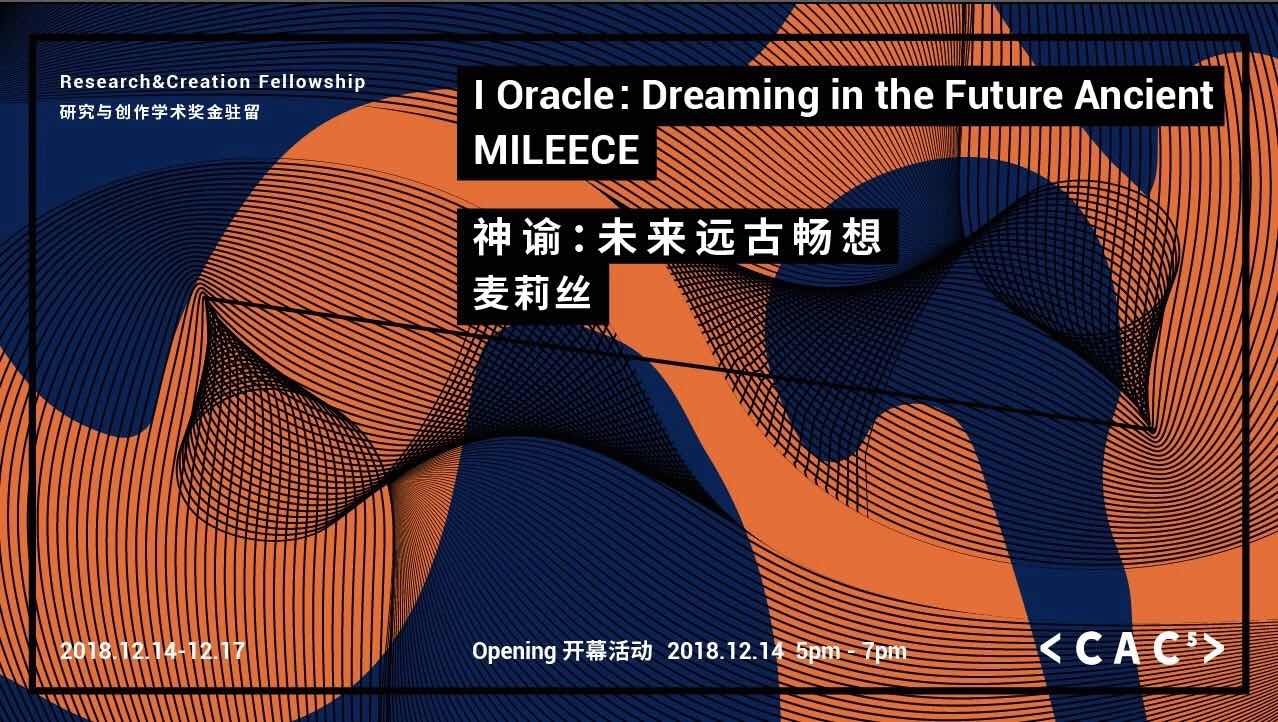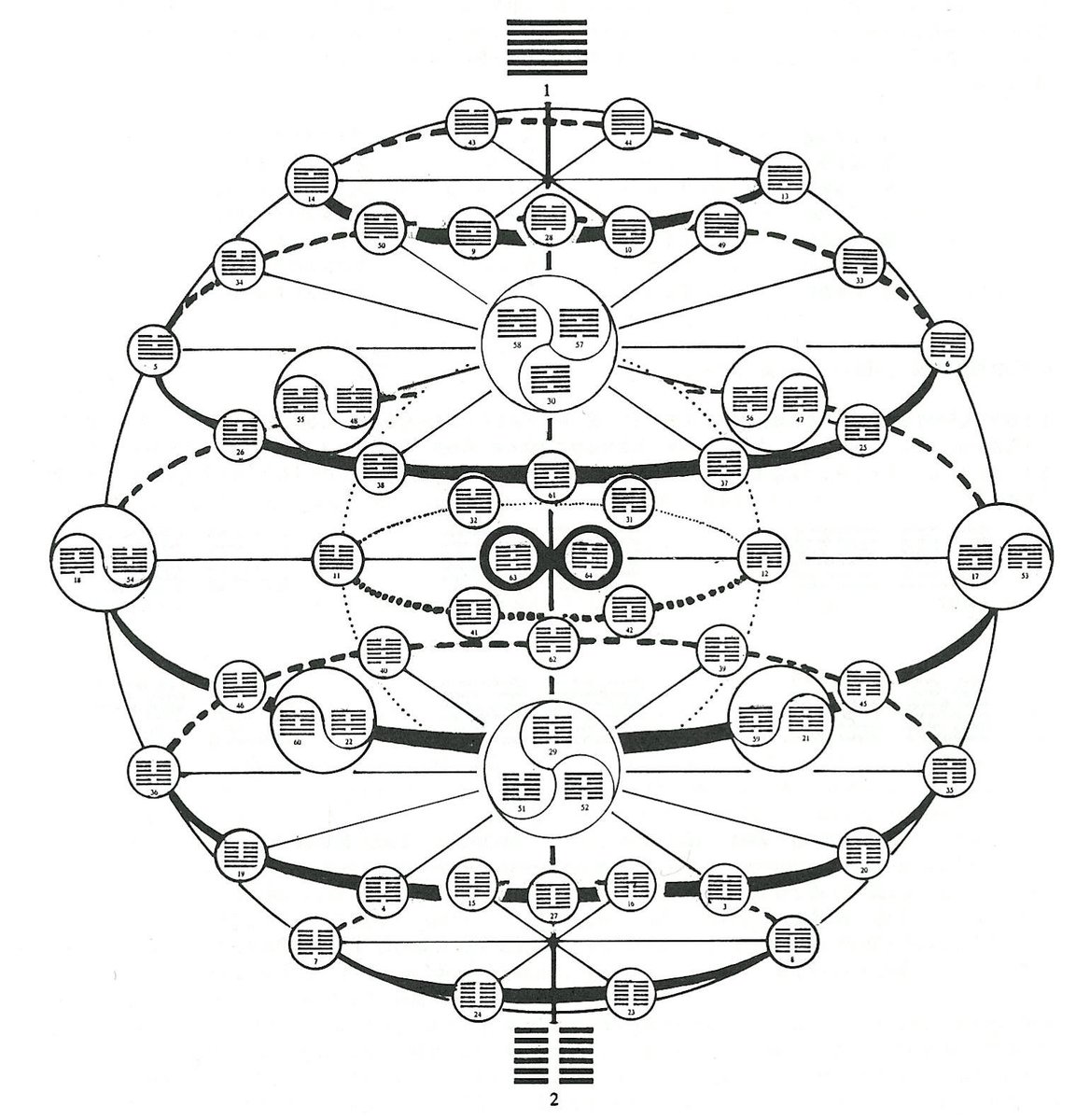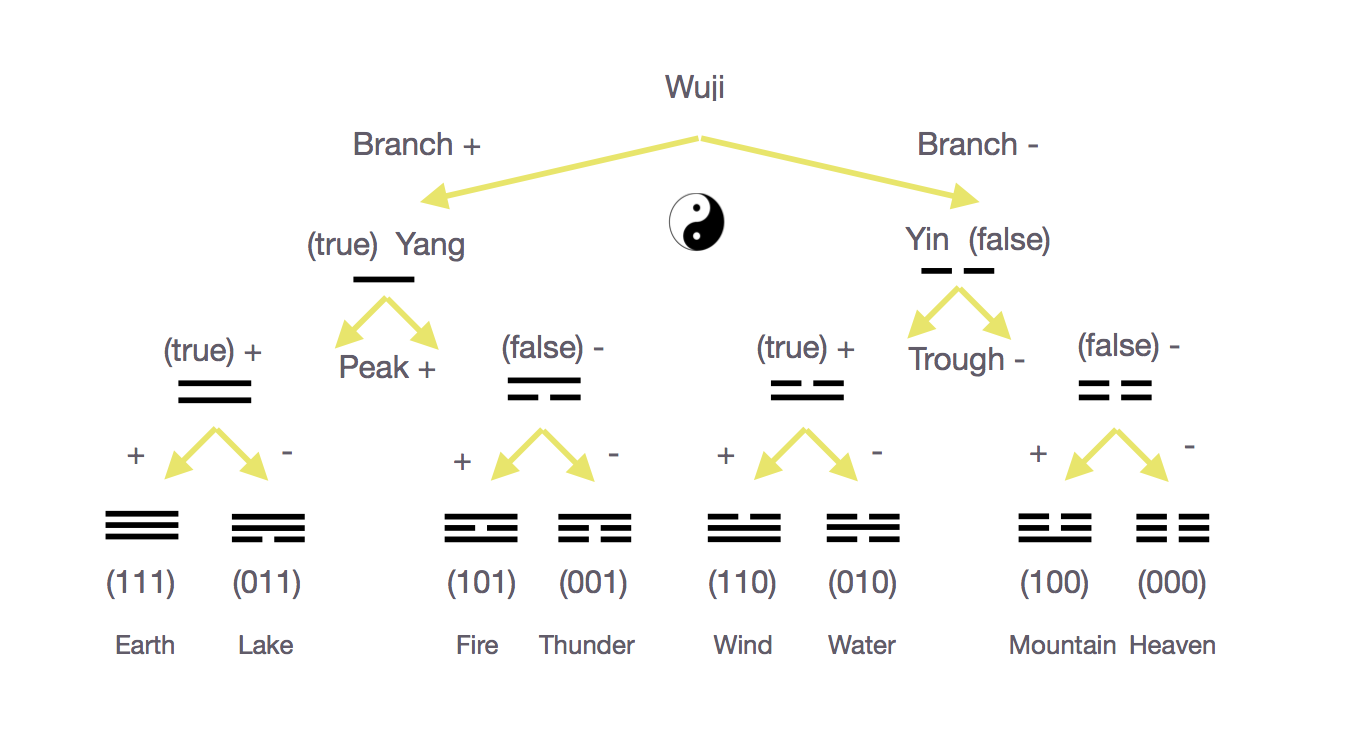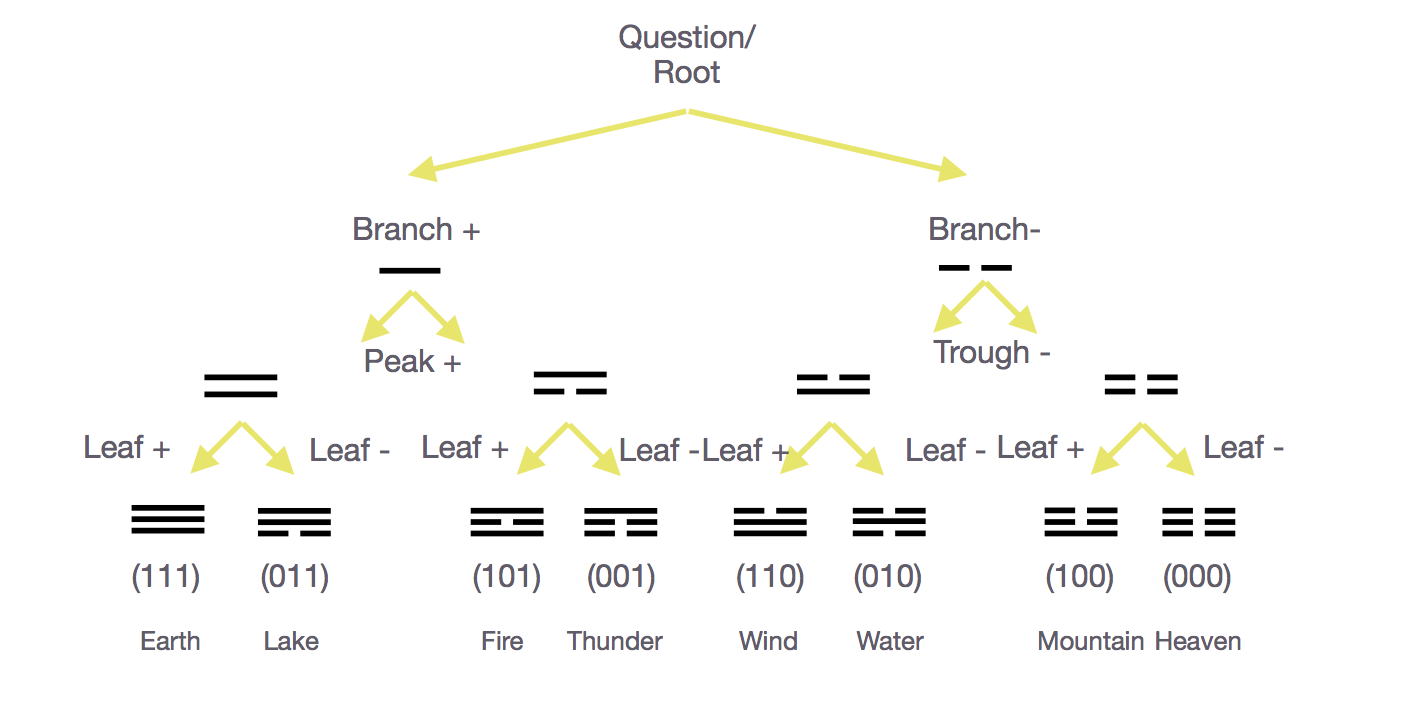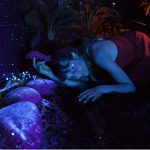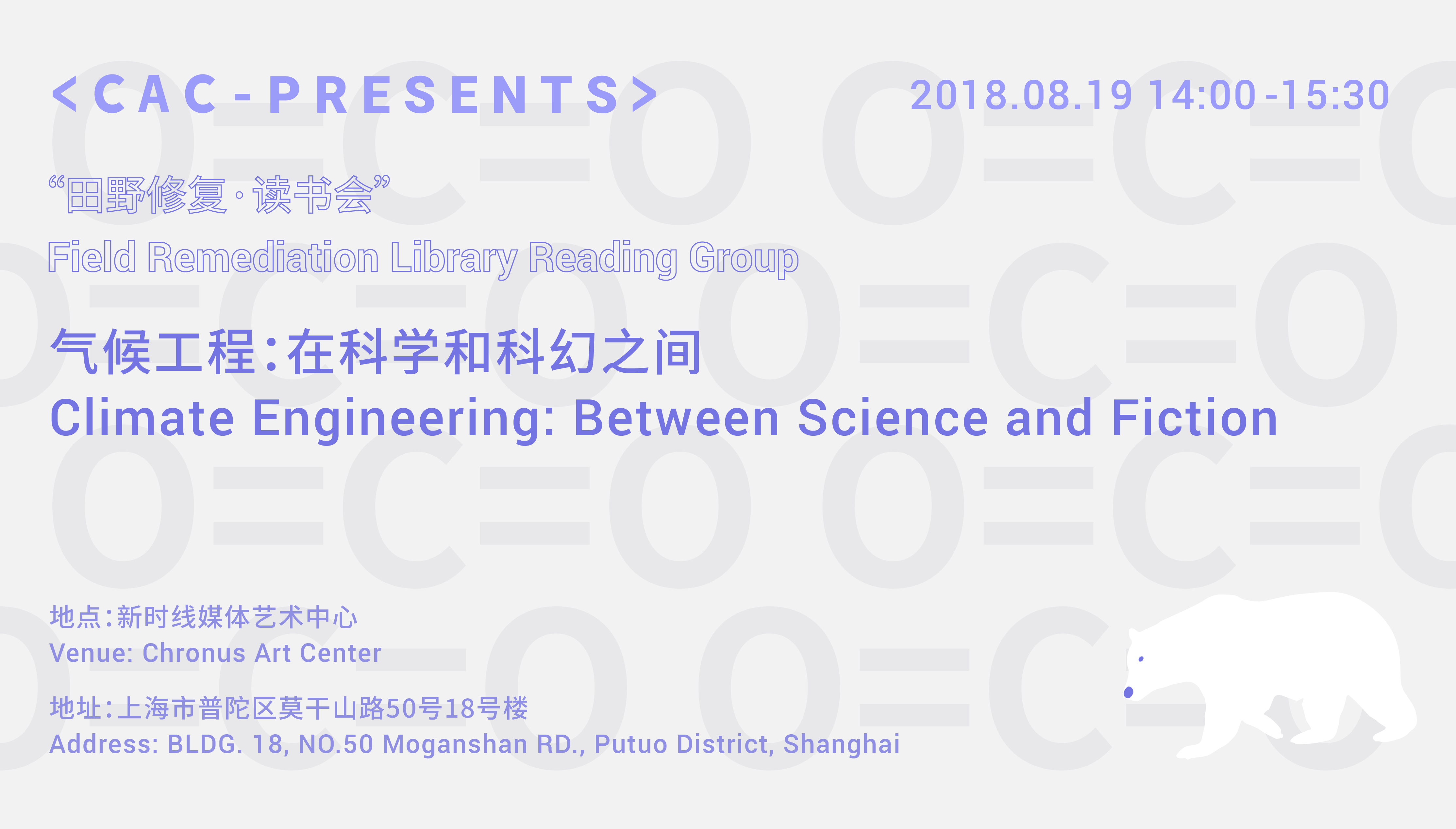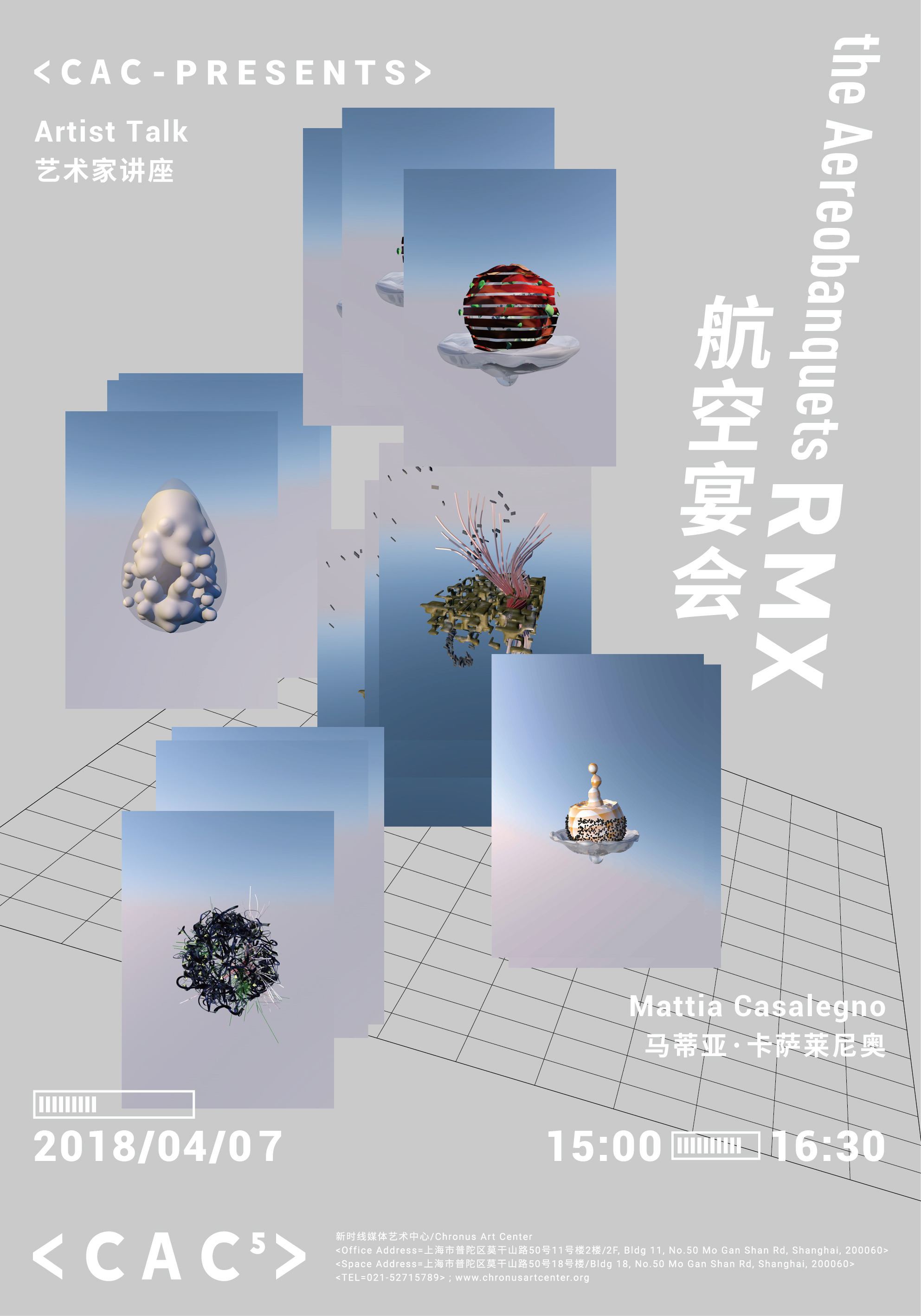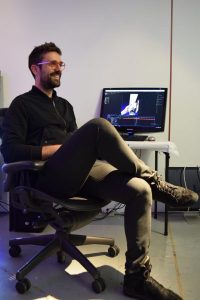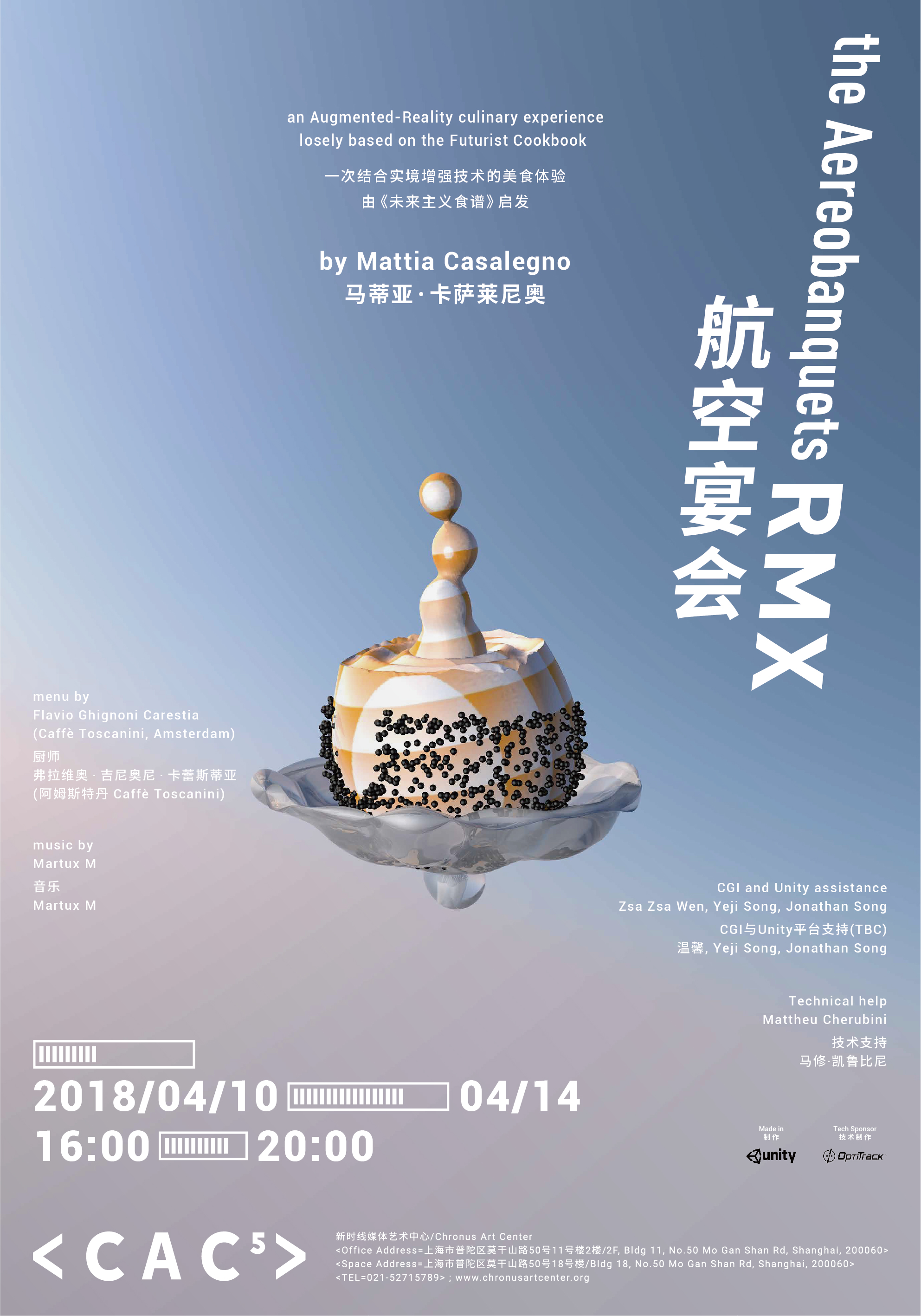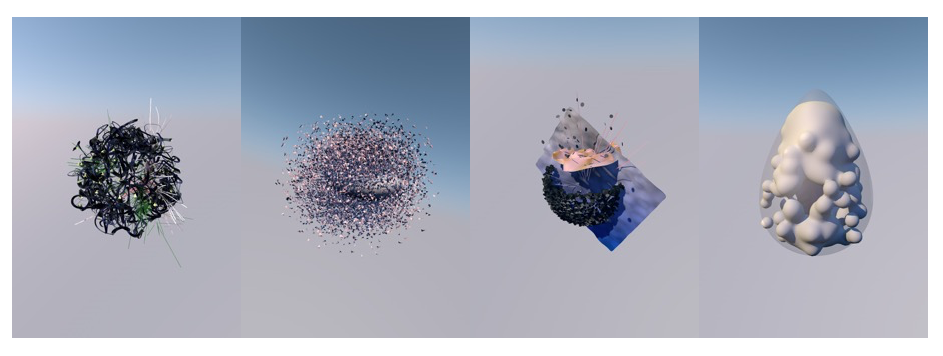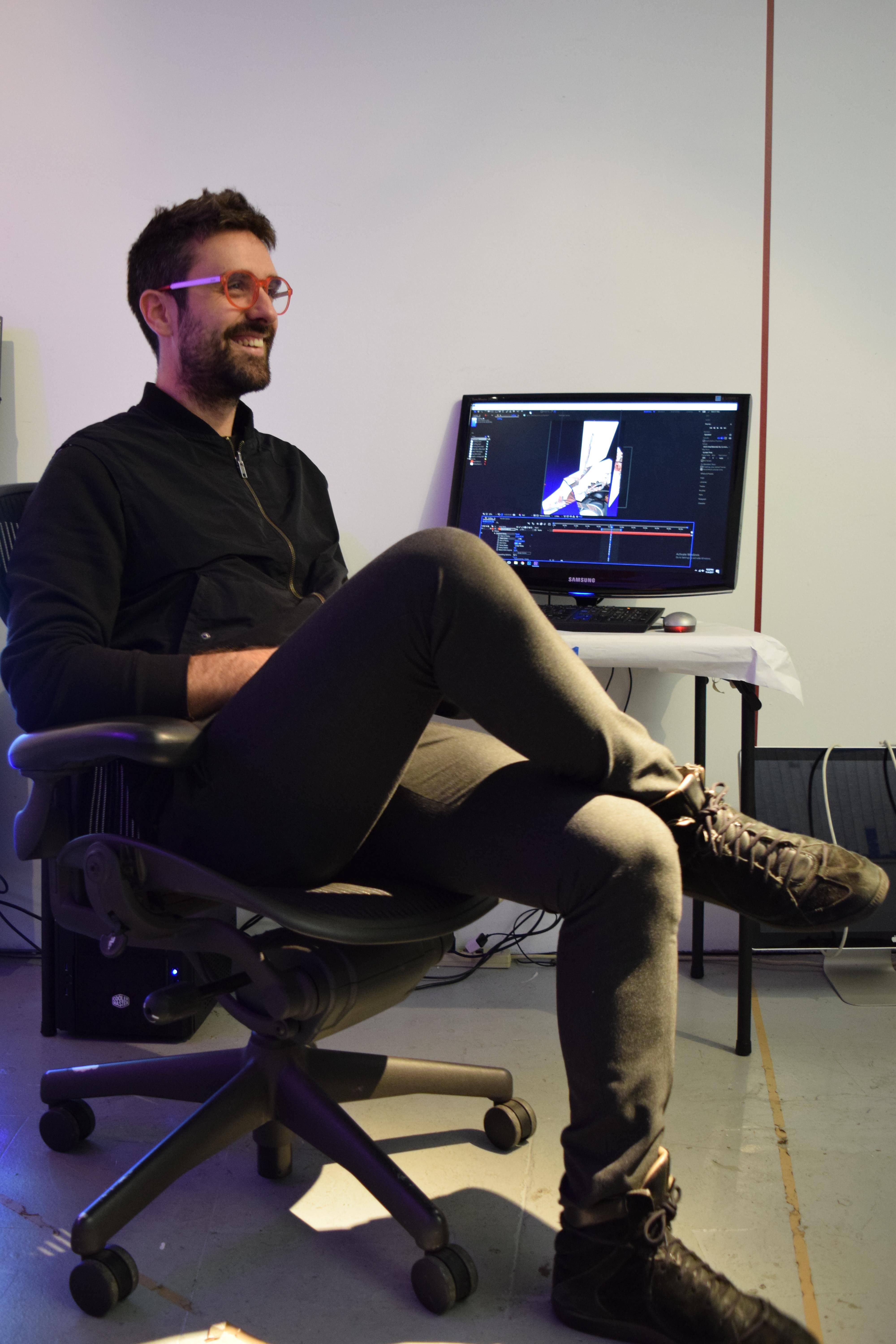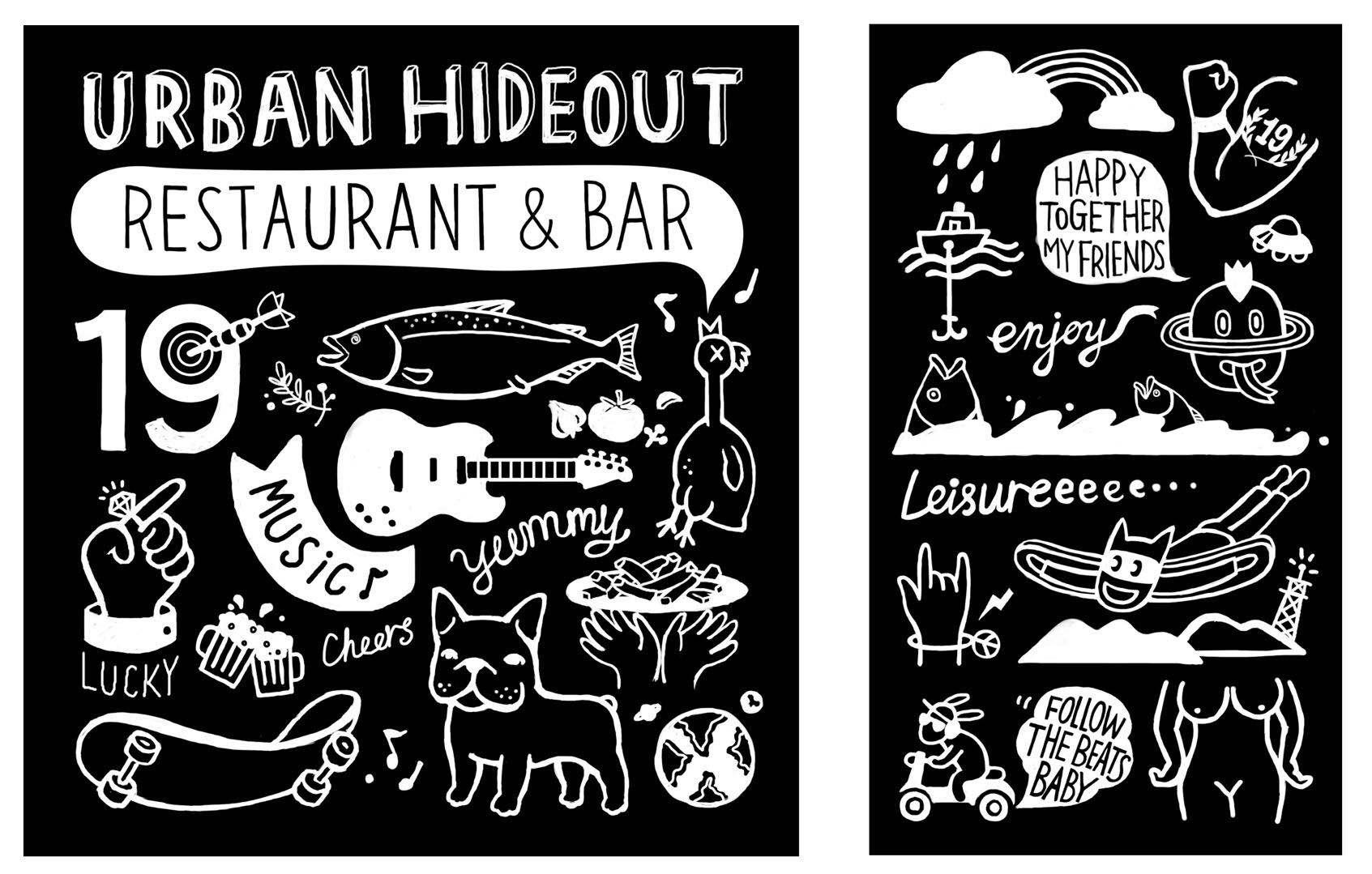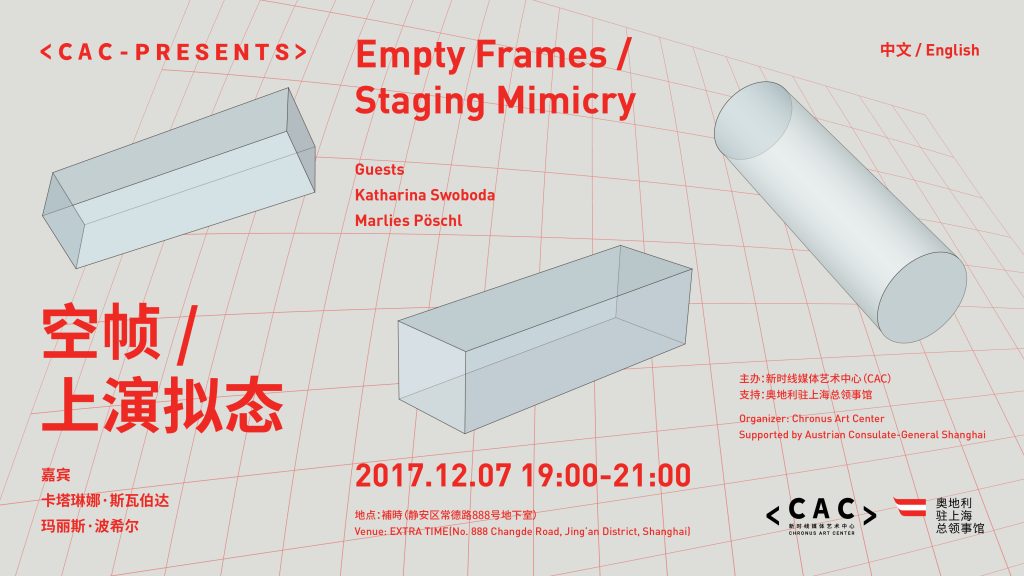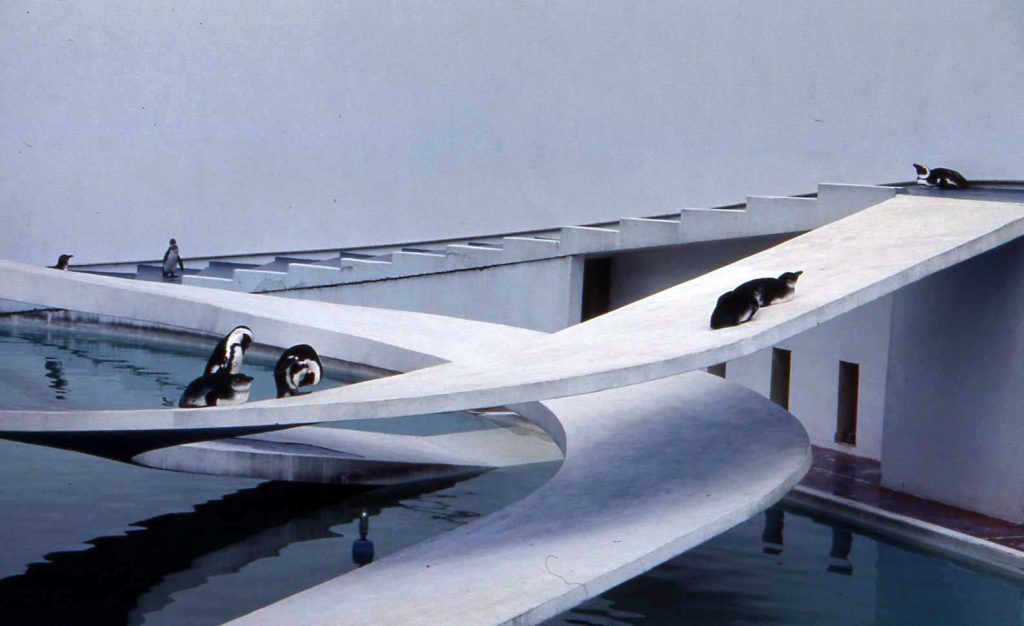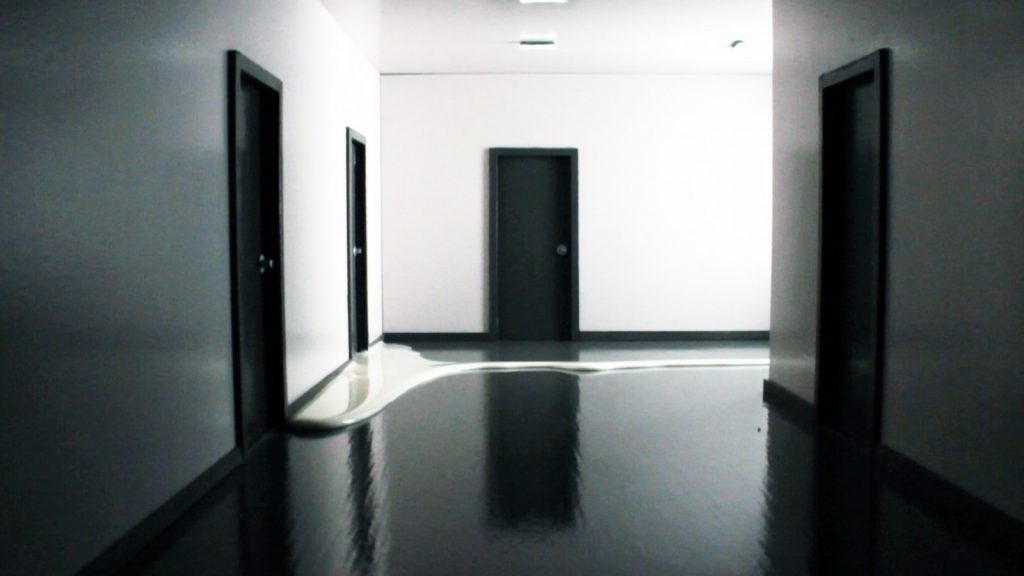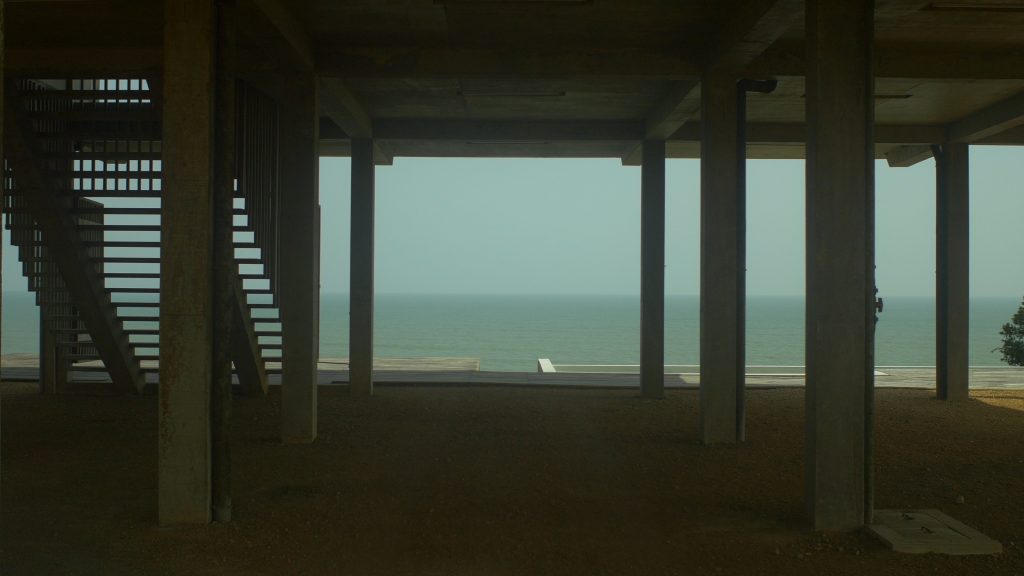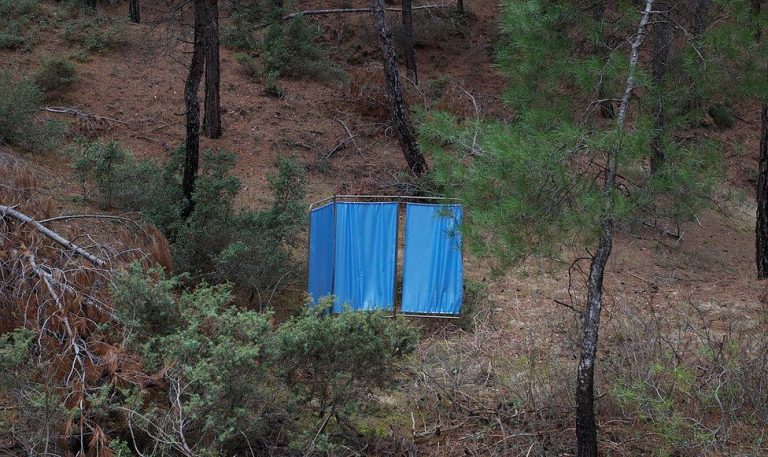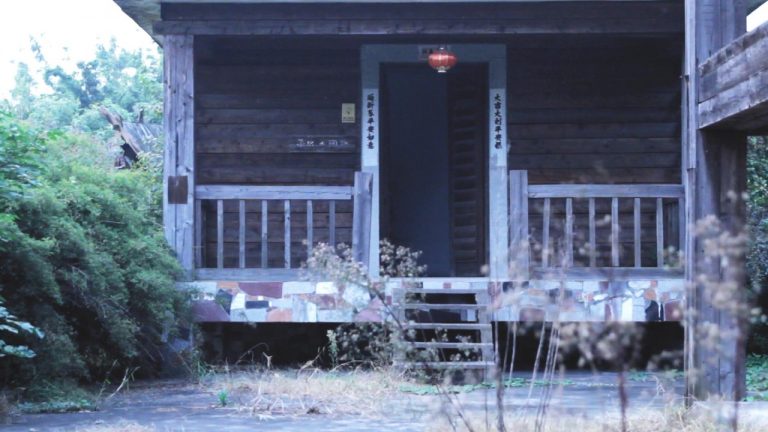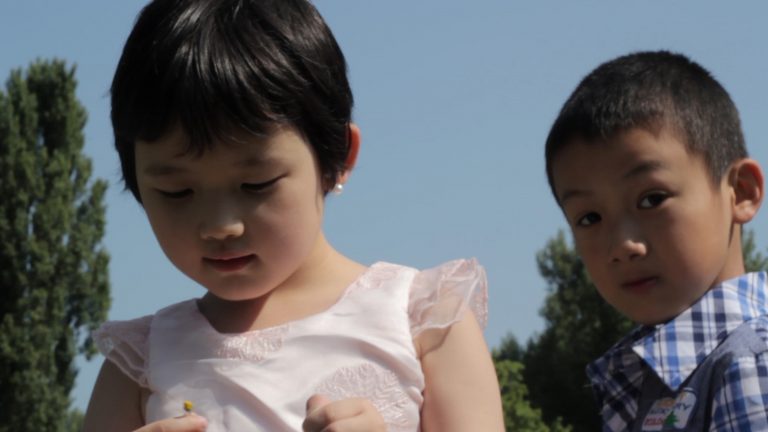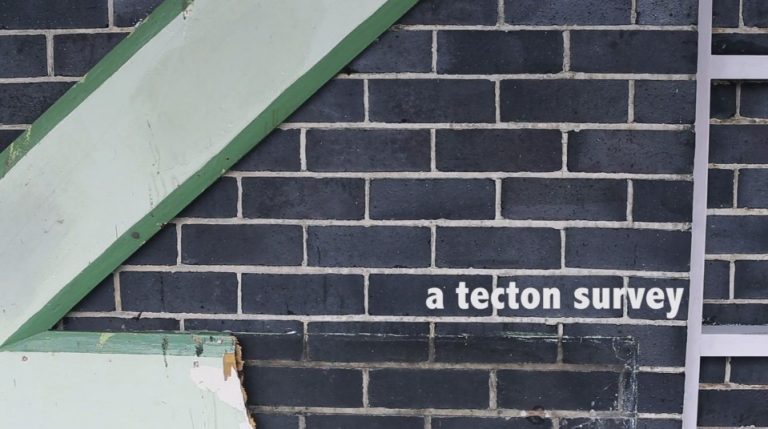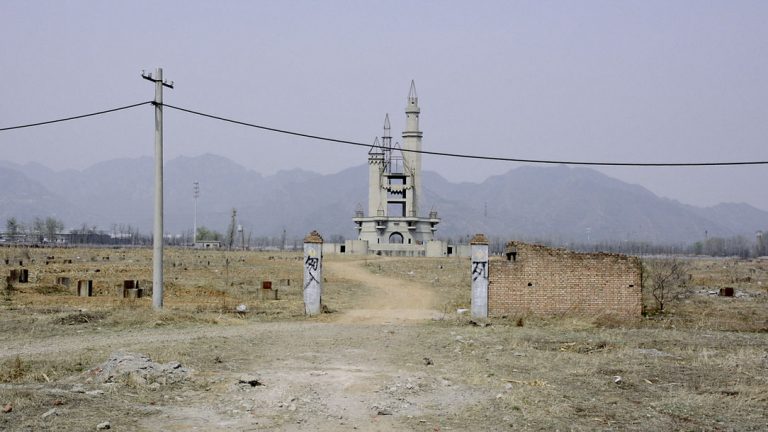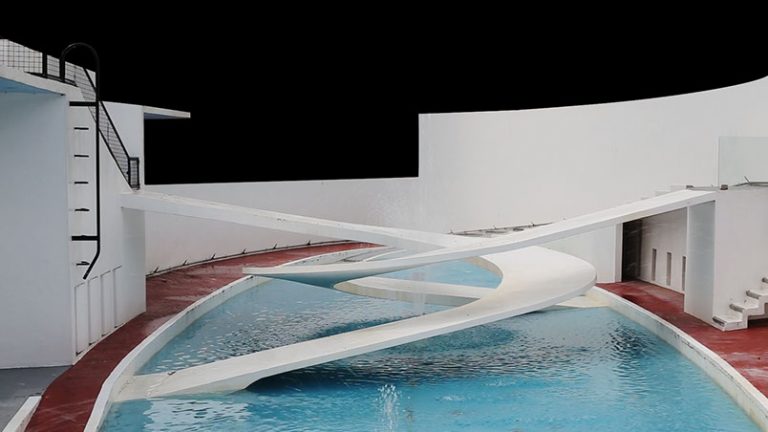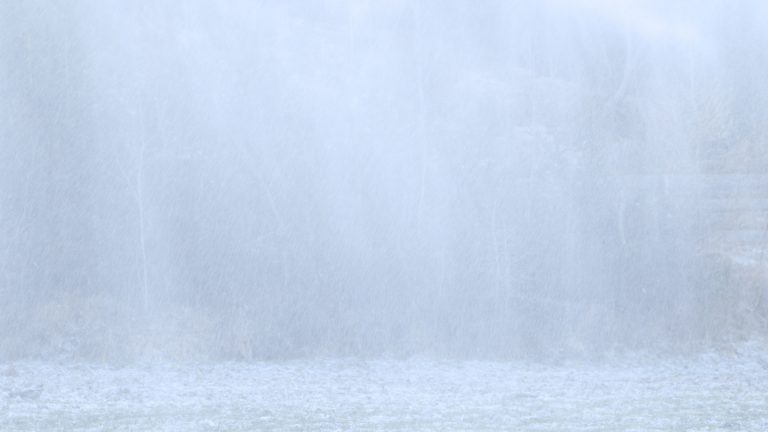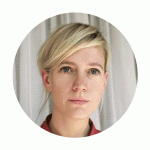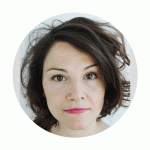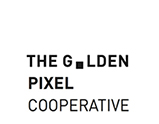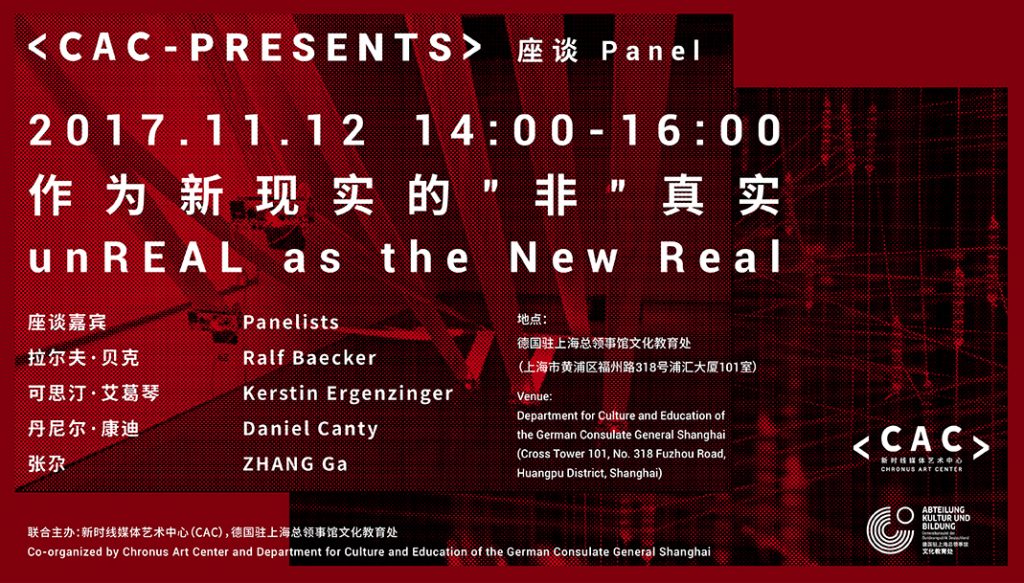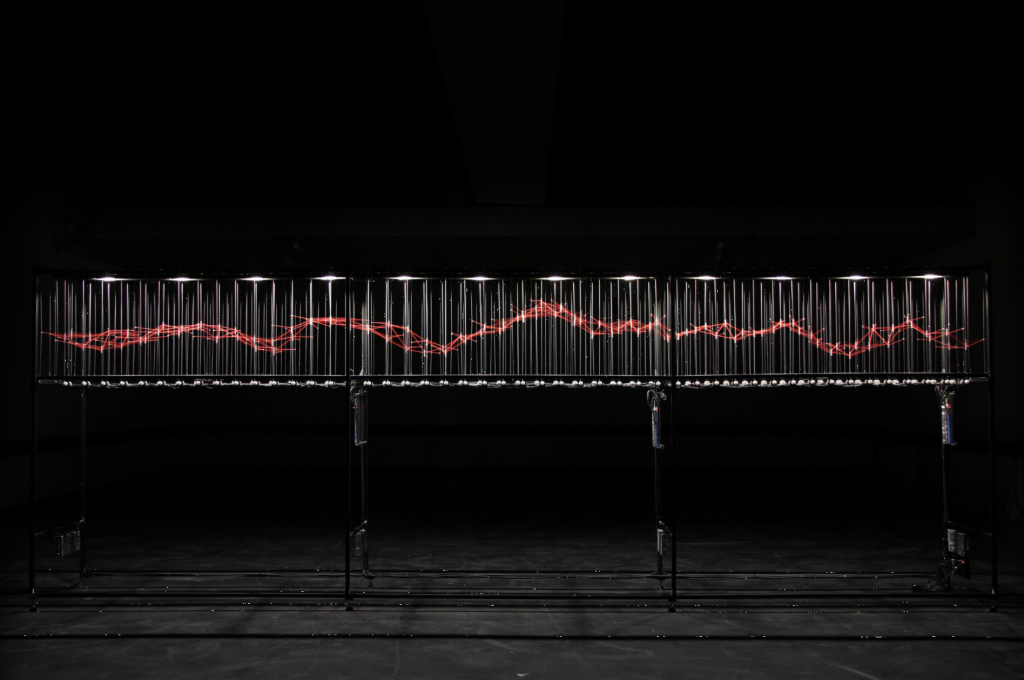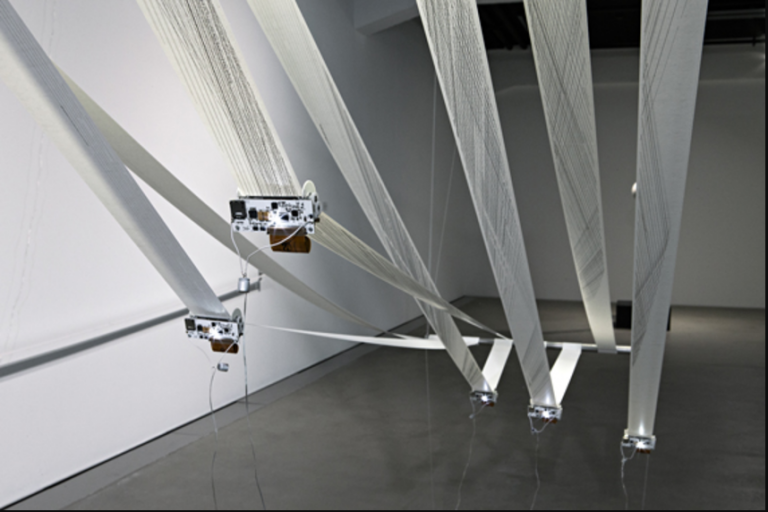
For overseas audiences, please follow @Leonardo.ISAST on Facebook or visit https://www.leonardo.info/civicrm/event/info%3Fid%3D490%26reset%3D1 to stay tuned for how to join the live stream.
Join Leonardo's Social Connecting with Coffee and Cocktails for an informal discussion around the online exhibition "We=Link Ten Easy Pieces" with special guest ZHANG Ga from the Chronus Art Center along with artists YE Funa, LI Weiyi, Tega Brain & Sam Lavigne and Soh Yeong Roh Director of Art Center Nabi. The panel will be moderated by Leonardo Managing Director Danielle Siembieda.
"Coffee and Cocktail" is a virtual connecting space held by Leonardo/ISAST. These twice-weekly online gatherings don’t have a theme, but this is an opportunity to connect with the greater Leonardo community. Join with a coffee or a cocktail / mocktail as appropriate to your time zone!
About We=Link
We=Link: Ten Easy Pieces features new commissions by the artists Tega Brain & Sam Lavigne, JODI, LI Weiyi, Slime Engine, XU Wenkai (aaajiao)and YE Funa in conjunction with works by Evan Roth, Helmut Smits, Yangachi and Raphaël Bastide. The exhibition was made possible through the generous support of Art Center Nabi (Seoul); Rhizome of the New Museum (New York); and the concerted efforts by 12 institutions around the world. The exhibition is available online starting on 30 March 2020.
Titled We=Link: Ten Easy Pieces, alluding to the American actor Jack Nicholson’s iconic movie Five Easy Pieces with a subtle twist on WeChat, the popular Chinese social media platform, the exhibition is being presented online in collaboration with a network of other hosting institutions. The works included in this exhibition are network native, exploring the potential of mobile technologies, particularly with a creative and critical appropriation of various social media platforms.
The title We=Link: Ten Easy Pieces denotes a community of solidarity as a network of empowerment. The reference to Five Easy Pieces prompts an evocation of an implicit existential anxiety, a sense of estrangement and soul finding: Ten Uneasy Pieces indeed. On the other hand, “We=Link" also elicits a silver lining — a streak of hope to carry on.
visit the Link Below into the Browser to Enter Exhibition http://we-link.chronusartcenter.org
About Panelists
ZHANG Ga, Artistic Director, Chronus Art Center; Distinguished Professor, Director of Center for Art & Technology, Central Academy of Fine Arts.
YE Funa, born in Kunming, China in 1986. Funa Ye`s practice is mainly concerned with the relationship between the realities of every day life, the perceived connection between authority and many areas of social life such as different power structure, ethnic groups, and the fictional space of propaganda for the concept of ‘perfection’ in an ideological system, and utopian landscape. Therefore, the work is politically charged, subtly engaged in pastiche as a satirizing style of propaganda. The work of Funa is rich in reference, parody and irony of the uniformity cultures.
LI Weiyi is an artist weiyi.li, designer weiyiandfriends.com, curator bigbadgallery.com, publisher re-publication.com and retailor currently-available.com who lives and works between these five URLs.
Tega Brain is an Australian born artist and environmental engineer whose work examines how technology shapes ecological relations. She has created wireless networks that respond to natural phenomena, systems for obfuscating fitness data and an online smell based dating service. Her work has been shown in the Vienna Biennale for Change, the Guangzhou Triennial and in venues like the Haus der Kulturen der Welt in Berlin and the New Museum, NYC, among others.
Sam Lavigne is an artist and programmer whose work deals with data, surveillance, criminal justice, natural language processing, and automation. His work often takes the form of online interventions that surface the frequently opaque political and economic conditions that shape computational technologies. He has exhibited work at Lincoln Center, SFMOMA, Pioneer Works, DIS, Ars Electronica, the New Museum, the Smithsonian American Art Museum, and his work has been covered widely in the press.
Soh Yeong Roh, Director of Art Center NabiArt Center Nabi is one of the premier media art centers in South Korea and a central institution in the international digital arts and culture scene, since its founding in 2000. Art Center Nabi aims to act as an intermediary that transforms the cultural desires into vital activities. Art Center Nabi’s mission centers around three main areas; being a ‘critique’ of contemporary technology; nurturing ‘creativity’, thus opening new possibilities of creative expressions; building 'community' where new ideas are shared and developed into new social movements. Art Center Nabi hopes to be a space, where artistic sensibilities combined with technological possibilities bring out the power of positive change in man as well as in society.
About Leonardo / ISAST
Leonardo/The International Society for the Arts, Sciences and Technology (Leonardo/ISAST) is a nonprofit organization that serves the global network of distinguished scholars, artists, scientists, researchers and thinkers through our programs, which focus on interdisciplinary work, creative output and innovation. From its beginnings, Leonardo has served as THE virtual community for networking, resource-sharing, disseminating best practices, supporting research and offering events in art/science/technology.
https://www.leonardo.info/
About CAC
Established in 2013, Chronus Art Center (CAC) is China’s first nonprofit art organization dedicated to the presentation, research/creation and scholarship of media art. CAC with its exhibitions, residency oriented fellowships, lectures and workshop programs and through its archiving and publishing initiatives, creates a multifaceted and vibrant platform for the discourse, production and dissemination of media art in a global context. CAC is positioned to advance artistic innovation and cultural awareness by critically engaging with media technologies that are transforming and reshaping contemporary experiences.
www.chronusartcenter.org
关于MANA
MANA is a platform for Professional media and resource docking Committed to establishing an ecosystem of collaborative innovation of art, design and technology. MANA is committed to building a comprehensive global "community of artists, designers and science and technology cross-border cooperation." Promote exchanges and mutual encouragement among artists, designers and science and technology personnel worldwide, spread and promote outstanding works more widely, and increase the influence of Chinese original art, design and science and technology innovation At the same time, MANA also builds a bridge between creators and enterprises to promote mutual cooperation and help excellent companies better connect with outstanding creators.
www.manamana.net

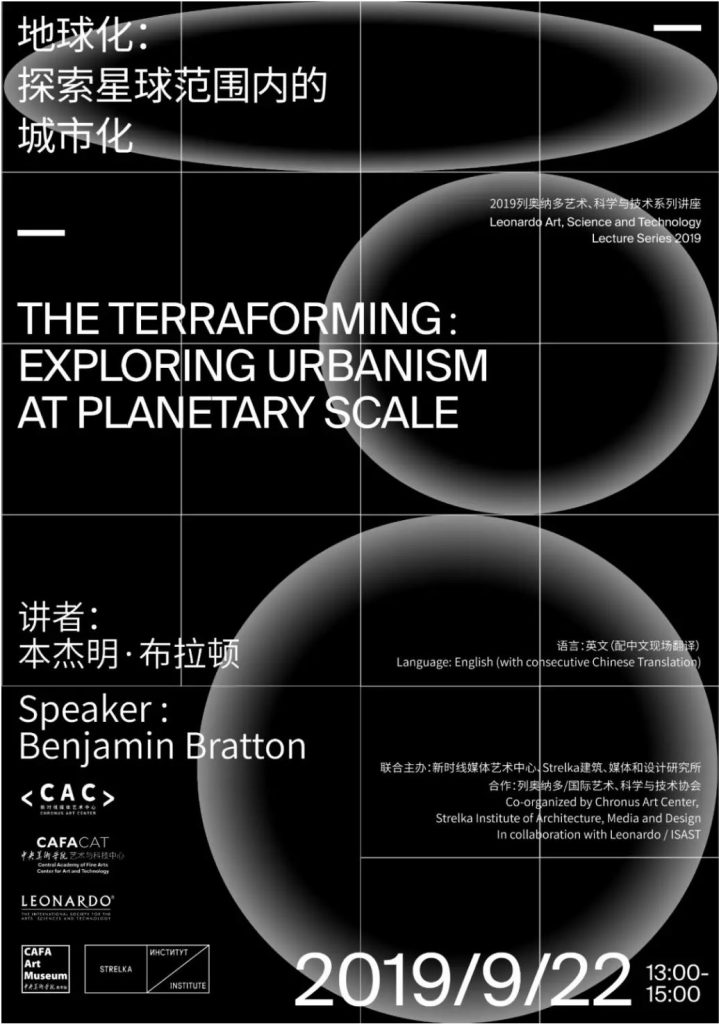

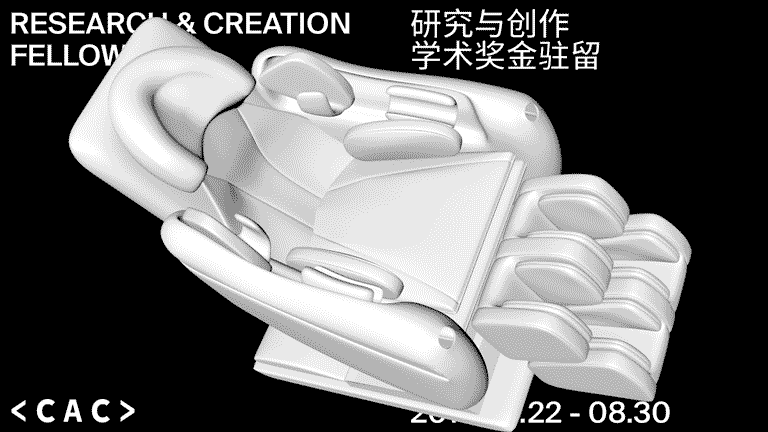
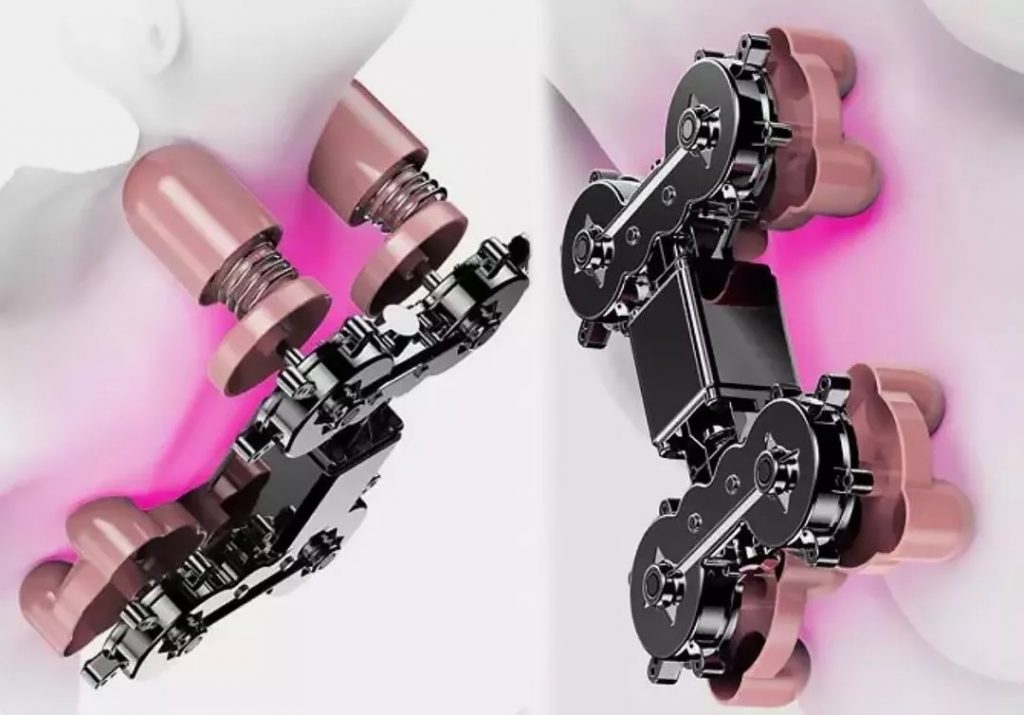
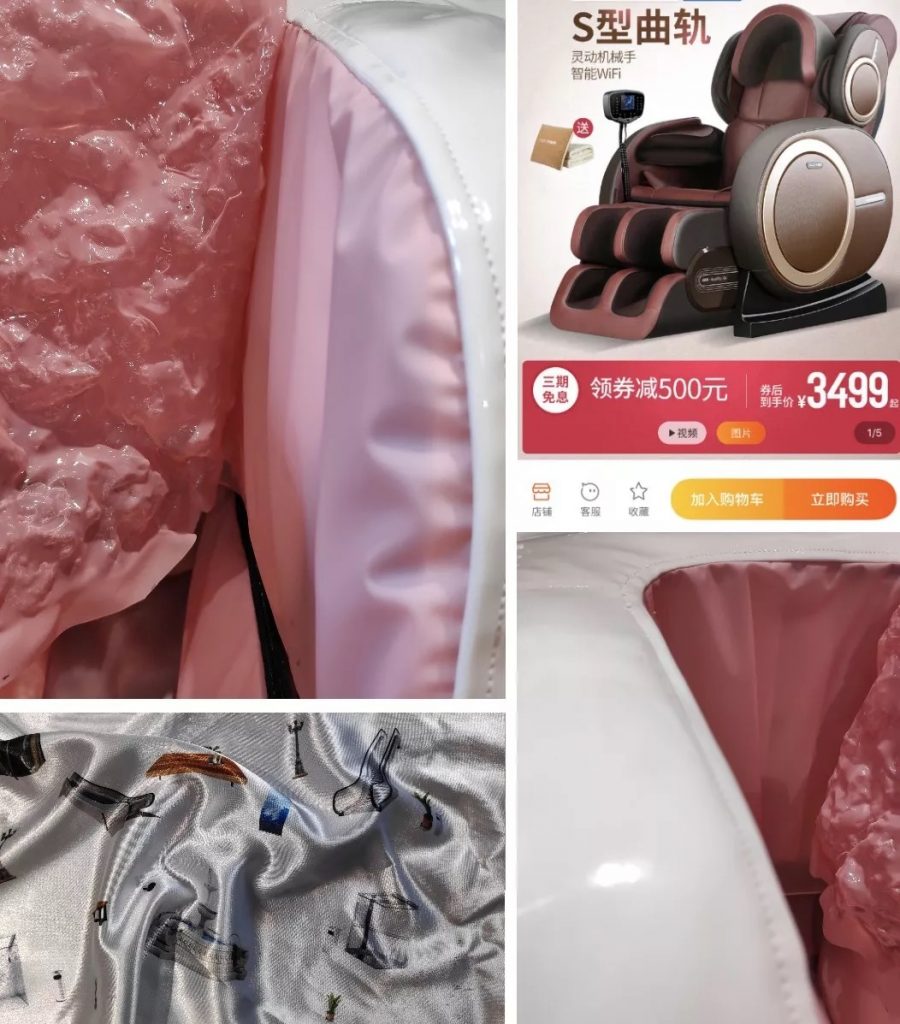 Courtesy the artists
Courtesy the artists